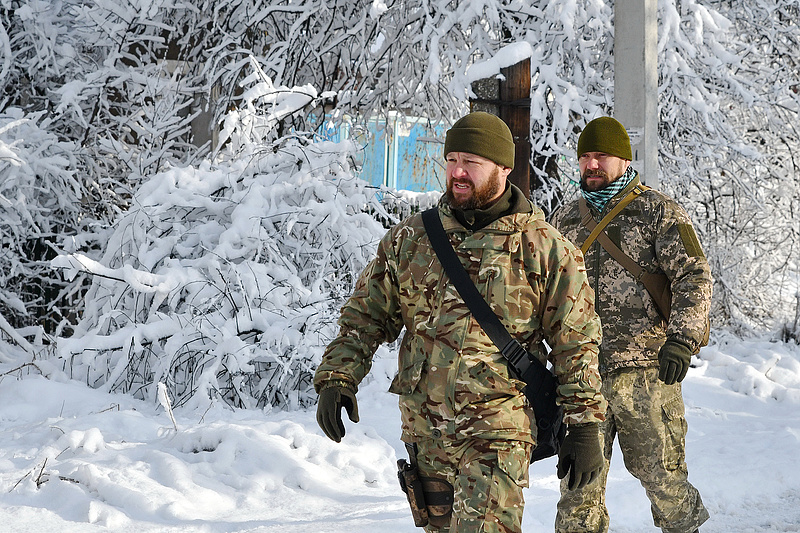On Monday, Russian President Vladimir Putin and US President Joe Biden will discuss conflict management in Ukraine. The United States and its allies are ready to offer that, if the Russians agree, they will restrict the deployment of missiles and systems in the region, and they are also ready to reduce the number of military exercises. But Washington refuses to negotiate the deployment of US forces or the region in NATO countries On determining the size of the US military forces stationed Reuters.
US President Joe Biden has warned that Russia will face dire economic consequences if Russian President Vladimir Putin launches an invasion of Ukraine. On Saturday, US officials gave more details of the sanctions that might be imposed.
One of the limitations, as described by a source familiar with the plan, could target important Russian industrial sectors, including defense and civil aviation, and would inevitably affect Russia’s high-tech ambitions, such as artificial intelligence or quantum computing, or even consumer electronics. .
The Geneva talks, to be followed by other meetings in Brussels and Vienna next week, aim to de-escalate the conflict. The Kremlin has deployed tens of thousands of troops along the Ukrainian border, raising fears that Russia is preparing for an invasion.
It is not yet clear whether the United States and its European allies can make concessions in negotiations with Moscow. Putin wants an end to NATO’s eastward expansion and security guarantees that the United States says are unacceptable. According to Washington, there is room for agreement in some other areas.
Russia says it feels threatened by the United States to deploy offensive missile systems in Ukraine, despite Biden reassuring Putin that he has no intention of doing so.
“So this is an area where we might be able to reach an agreement if Russia is willing to make a mutual commitment,” the official said. The United States is also ready to discuss restrictions on military exercises by the two sides.
Washington is open to a broader discussion about the deployment of missile systems in Eastern Europe. In 2019, former President Donald Trump withdrew from the 1987 US-Russia Treaty on Intermediate-Range Nuclear Forces, accusing Moscow of violating the agreement.
On the other hand, if no agreement is reached on the deployment of missile systems through this agreement, or if an easing of the Ukrainian conflict is achieved, the United States and its European allies can immediately impose severe sanctions if the Kremlin decides to take military action.
Russia may be included in the group of countries most restrictive in terms of export controls, along with Cuba, Iran, North Korea and Syria. These measures may also restrict exports of products manufactured abroad if they contain more than a certain percentage of products with US content.
In addition, consideration is being given to exercising US jurisdiction over the export to Russia of all microelectronic products designed with US software or technology or manufactured using US equipment through the foreign direct product rule applicable to the Chinese telecommunications company Huawei. For Russia, which performs poorly in the development of IT hardware, this could be a serious setback.






